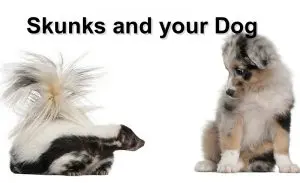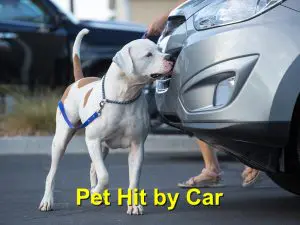Cats and especially dogs tend to eat items are that not food including small toys, plastic, strings, meat bones, and trash. Removing these objects requires surgery.
Overview
Items that cannot rapidly pass through your pet’s gastrointestinal tract are referred to as foreign bodies. These include the ones mentioned above as well as clothing and sticks, which cause discomfort and result in serious conditions in some cases. The seriousness of the problem caused by the foreign body depends on the location of the foreign body as well as the problems associated with that material regarding your pet’s health. Not to mention, the degree of obstruction and the duration of the foreign body in your pet’s guts.
Signs and Symptoms
Expect the severity of the situation to vary considering the factors above but if your pet starts vomiting or shows a sudden loss of appetite; they could require gastrointestinal foreign body removal. Abdominal pain, dehydration, and diarrhea are examples of other symptoms to observe. If the foreign body is linearly deposited, a string is visible from the tongue’s base or the anus.
It is advisable to visit our clinic the moment you suspect your pet has swallowed a foreign object as any movement or time wasted before the object is removed has consequences. For starters, the object might enter the thoracic and abdominal cavities causing profound complications.
Diagnosis and Treatment
A medical history comes in handy when diagnosing gastric foreign bodies in pets. We conduct x-rays as well as blood tests to assess your pet’s general health and get insight on the best anesthetic to use. While vomiting or not eating for a particular period has helped remove the foreign object in dogs, the results are not always constant.
It also leads to dehydration and electrolyte imbalance which may cause further complications. We remove foreign objects safely from your pet’s body after stabilizing them and injecting them with an anesthetic through two methods; endoscopy or surgery. The former involves using a tube with a camera and a hook to remove the object from the stomach through your pet’s mouth. While this procedure is safer, it does not work if the object is located within the intestines.
We advocate for surgery seeing it also gives our vets the chance to examine the whole intestinal tract for more obstructions or infections.
Homecare and Preventative care
Your pet will be released based on the extent of the damage caused in the intestines, but after they can drink and eat without vomiting, they can go home. We also encourage you to feed them a bland diet for a few days before gradually returning to the regular diet. As for preventative care, simply prevent access to any objects that can be swallowed and don’t wait until your pet starts vomiting to give us a call or visit our clinic.
Sources: Vet Specialists, AVCS, Michigan Animla Hospital





